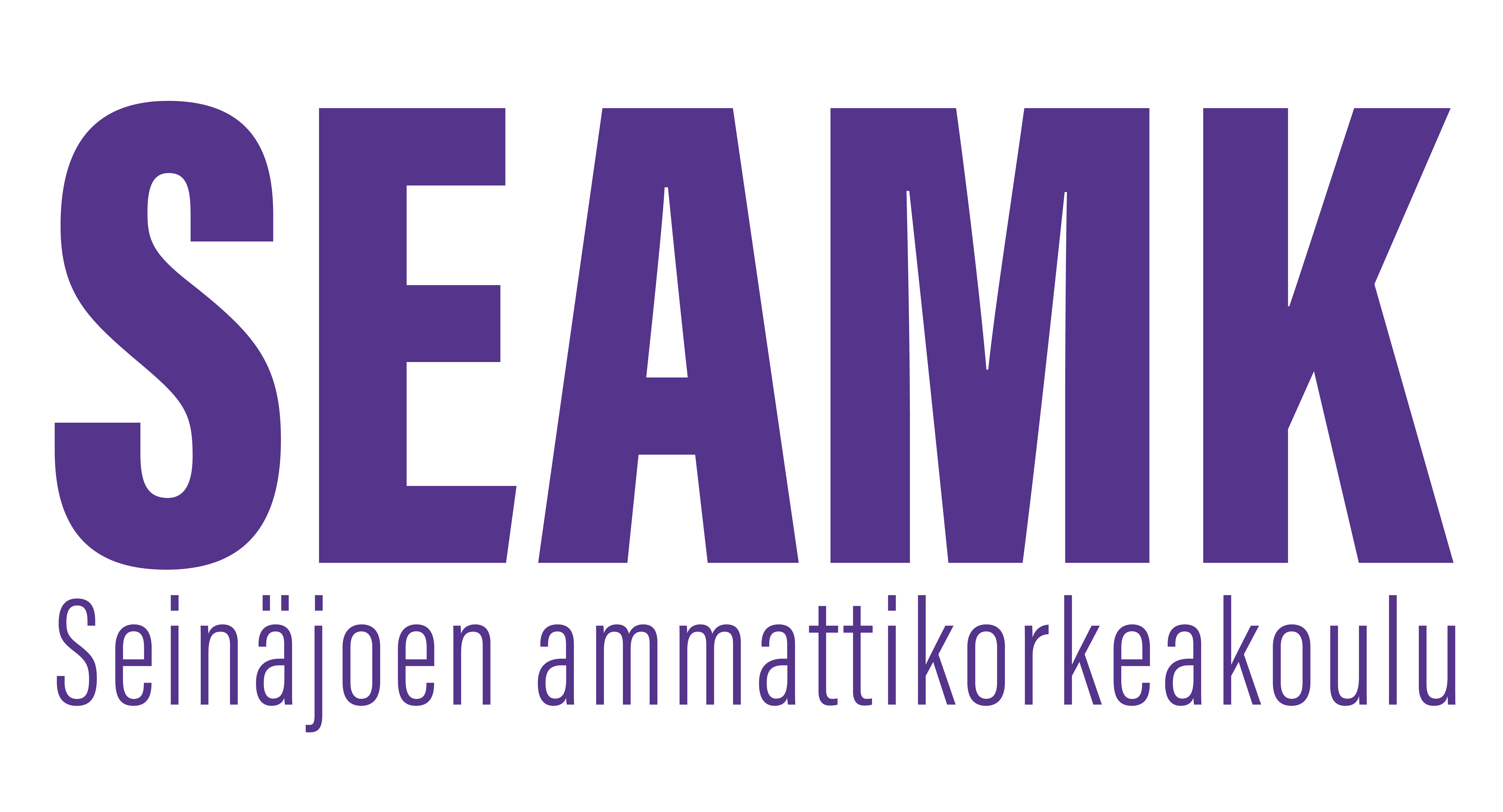Terveyttä edistävä hoitotyö ja tiedonhankinta 1 (5op)
Opintojakson tunnus: BD00BQ11
Opintojakson perustiedot
- Laajuus
- 5 op
Osaamistavoitteet
Opiskelija ymmärtää terveyden edistämisen periaatteita ja osaa toimia terveyden edistämisen arvolähtökohtien mukaisesti. Hän ymmärtää terveyden edistämisen taloudellisia lähtökohtia. Opiskelija kykenee hyödyntämään olemassa olevaa tietoa väestön terveyshaasteista yksilön ja yhteisön tasolla. Hän kykenee suunnittelemaan, toteuttamaan ja arvioimaan terveyden edistämisen menetelmiä yksilö-, ryhmä- ja yhteisötasolla. Opiskelija kykenee ehkäisemään riskitekijöitä, jotka heikentävät yksilön, perheen ja yhteisön terveyttä ja toimintakykyä. Hän osaa hyödyntää asiakkaan kokemuksellista tietoa hänen terveytensä ja sairautensa hoidossa. Opiskelija osaa kuvata kansallisten ja kansainvälisten keskeisten sosiaali- ja terveyspoliittisten ohjelmien strategiat terveyden edistämisen näkökulmasta.
Opiskelija osaa hakea ja käyttää aktiivisesti tieteellistä tietoa hoitotyön päätöksenteossa ja erilaisissa tehtävissään. Opiskelija osaa hakea tietoa yleisimmistä terveystieteiden tietokannoista.
Sisältö
Terveyden edistämisen eri tasot (yksilö, yhteisö ja yhteiskunta) ja toimintamuodot (preventio, promotio). Terveyden edistämisen etiikka ja periaatteet. Asiakkaan elämänhistorian, -tapojen ja ?tilanteen merkitys hoitoon. Perheen kehitysvaiheet. Asiakkaan henkilökohtaiset, tilannesidonnaiset ja ulkoiset terveystekijät. Voimavaralähtöisyys ja ratkaisukeskeisyys terveyden edistämisessä. Terveystottumusten yhteys terveyteen, riskikäyttäytymisen ehkäisy, terveysuhkien ennakointi. Terveyden ja hyvinvoinnin edistämiseen liittyvä lainsäädäntö, valtakunnalliset ohjeistukset ja ohjelmat sekä kansainväliset ja kansalliset suositukset ja strategiat.
Kirjasto- ja tiedonhakupalvelut ja niiden käyttö. Yleisimmät terveystieteiden tietokannat ja niiden käyttö.
Esitietovaatimukset
Ei tarvita edeltäviä opintoja.
Arviointikriteerit, tyydyttävä (1)
1-2
Raportissa on kuvattu tyydyttävästi/ välttävästi harjoittelupaikan toiminnan tausta, tarkoitus ja tavoitteet. Raporttiin tehty tiedonhaku on yksipuolinen. Raportissa on käytetty jonkin verran ammatillista- ja tutkimustietoa sekä osattu yhdistää tieto terveyden edistämisen käytännön kuvaamiseen ko. harjoittelupaikan toiminnassa. Opiskelija on asennoitunut tyydyttävästi harjoittelua kohtaan. Oppimiskokemus sisältää niukasti kuvausta harjoittelun etenemisestä ja liittymisestä tulevaan sairaanhoitajan (AMK) ammattiin. Ryhmätyöskentely on ollut heikkoa. Raportti palautetaan sovittuna ajankohtana. Raportti noudattaa pääpiirteissään SeAMKin kirjallisen työn ohjeita.
Arviointikriteerit, hyvä (3)
3-4
Raportissa on kuvattu hyvin harjoittelupaikan toiminnan tausta, tarkoitus ja tavoitteet. Raporttiin on haettu ammatillista- ja tutkimustietoa eri tietolähteistä ja tietoperustaan on perehdytty. Raportissa tietoa on käytetty hyvin sekä osattu yhdistää tieto terveyden edistämisen käytännön kuvaamiseen ko. harjoittelupaikan toiminnassa. Opiskelija on motivoitunut hyvin ja suhtautuu myönteisesti harjoittelua kohtaan. Oppimiskokemus sisältää pohdintaa omasta oppimisesta suhteessa harjoittelun etenemiseen ja tulevaan sairaanhoitajan (AMK) ammattiin. Raportti muodostaa selkeän ja johdonmukaisen kokonaisuuden. Raporttia kirjoittaessa ryhmätyöskentely on ollut jokaisen opiskelijan osalta vastuullista, tasapuolista ja toimivaa Raportti palautetaan sovittuna ajankohtana ja siinä noudatetaan SeAMKin kirjallisen työn ohjeita.
Arviointikriteerit, kiitettävä (5)
5
Raportissa on kuvattu kattavasti harjoittelupaikan toiminnan tausta, tarkoitus ja tavoitteet. Raporttiin on etsitty ammatillista- ja tutkimustietoa eri tietolähteistä ja tietoa on hyödynnetty monipuolisesti. Raportissa on hyödynnetty perusteluissa teoreettista tietoa sekä osattu analyyttisesti ja kriittisesti pohtien soveltaa tietoa terveyden edistämisen käytäntöön ko. harjoittelupaikan toiminnassa. Opiskelija on erityisen motivoitunut, itseohjautunut ja myönteisesti asennoitunut harjoittelua kohtaan. Oppimiskokemus sisältää syvällistä pohdintaa omasta oppimisesta suhteessa harjoittelun etenemiseen ja tulevaan sairaanhoitajan (AMK) ammattiin. Raporttia kirjoittaessa ryhmätyöskentely on ollut jokaisen opiskelijan osalta vastuullista, tasapuolista ja toimivaa. Raportti muodostaa selkeän ja johdonmukaisen kokonaisuuden. Raportti palautetaan sovittuna ajankohtana ja siinä noudatetaan SeAMKin kirjallisen työn ohjeita.
Arviointikriteeri, hyväksytty/hylätty
Hylätty = 0
Raportissa on kuvattu puutteellisesi harjoittelupaikan tausta, tarkoitus ja tavoitteet. Raportissa ei ole etsitty eikä hyödynnetä teoreettista tietoa. Opiskelijalla on heikko motivaatio harjoittelua kohtaan. Ryhmätyöskentely ei ole sujunut vastuullisesti. Oman oppimisen pohdintaa ei ole kuvattu. Raportti ei noudata SeAMKin kirjallisen työn ohjeita.
Oppimateriaalit
Eriksson, K., Isola, A., Kyngäs, H., Leino-Kilpi, H., Lindstöm, U.Å., Paavilainen, E., Pietilä, A.-M., Vehviläinen-Julkunen, K. & Åstedt-Kurki, P. 2007. Hoitotiede. WSOY, Helsinki. (sov.osin) Saatavuus:
http://tiny.cc/itsnlx
http://tiny.cc/7tsnlx
Pietilä, A.-M. 2010. (toim.). Terveyden edistäminen - teorioista toimintaan. WSOYpro OY. (sov.osin)
Saatavuus: http://tiny.cc/0vsnlx
Åstedt-Kurki, P., Jussila, A.-M., Koponen, L., Lehto, P., Maijala, H., Paavilainen, R. & Potinkara, H. 2008. Kohti perheen hyvää hoitamista. WSOY., Helsinki. (sov.osin)
Saatavuus: http://tiny.cc/54snlx
Bomar, P.J.2004. Promoting Health in Families. Applying Family Research and Theory to Nursing Practice. Third edition. Sauders, Philadelphia. (soveltuvin osin)
Saatavuus: http://tiny.cc/j6snlx
Ajankohtainen opiskelumateriaali
